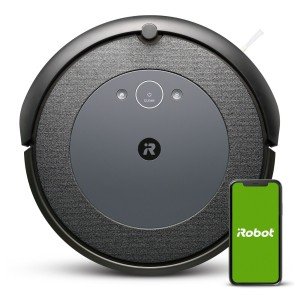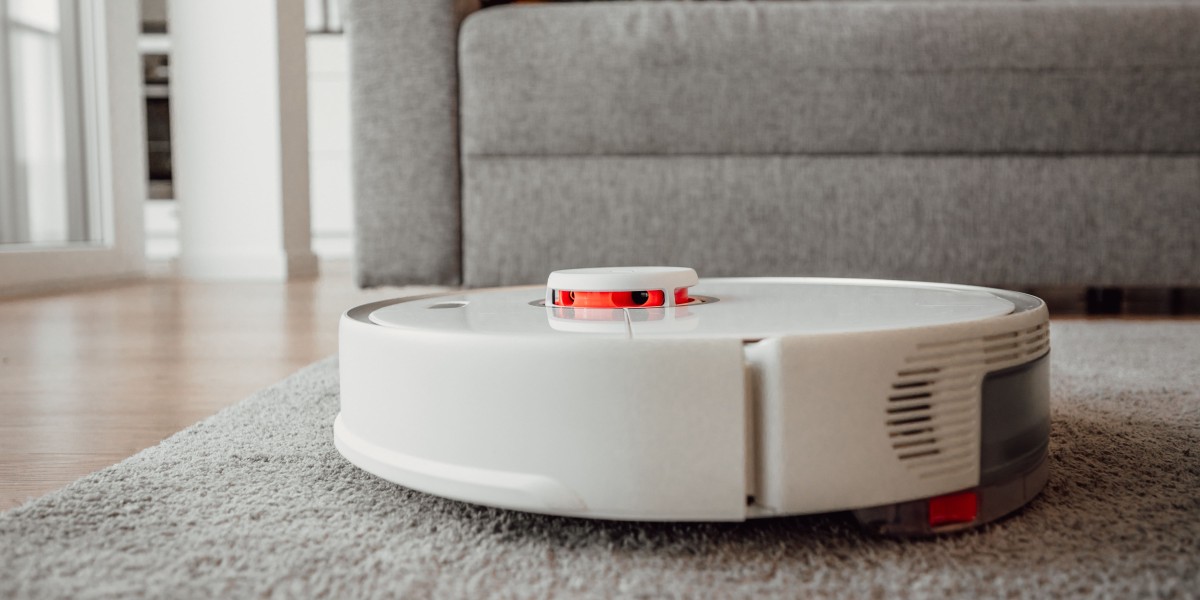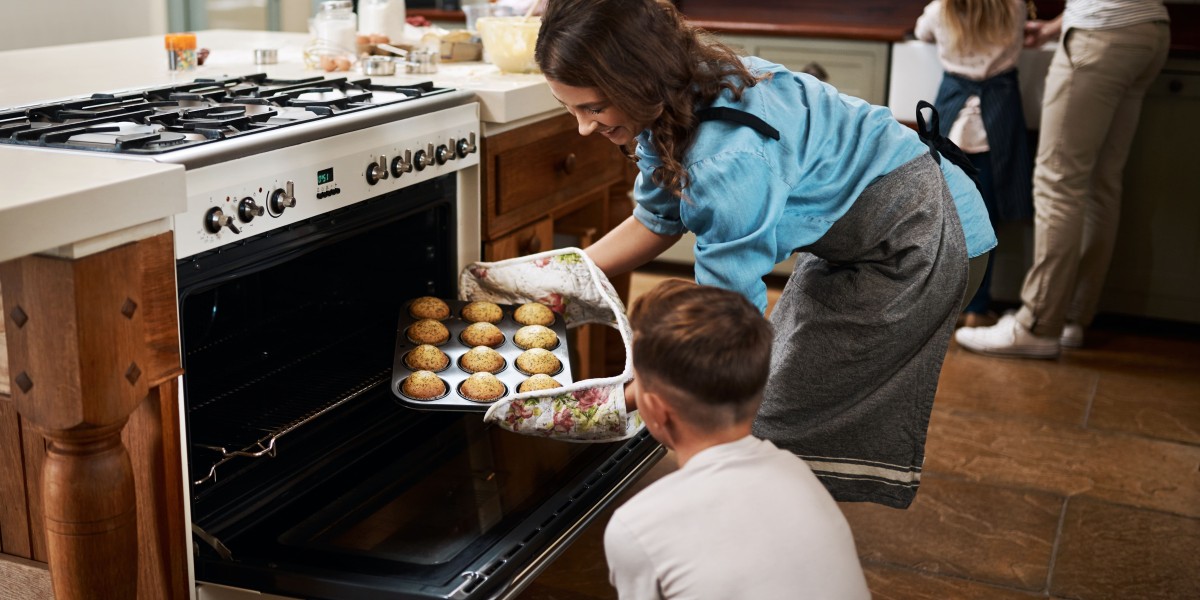
Revolutionizing Home Maintenance: The Rise of Cleaning Robots
In an age where technology continues to influence everyday life, cleaning robots have actually emerged as a substantial development in the field of domestic cleaning. These autonomously working machines have actually redefined how families manage cleaning jobs, supplying convenience and efficiency. With their capability to navigate areas, prevent obstacles, and operate on pre-set schedules, cleaning robots are ending up being important tools for property owners seeking to enhance both their time and their living environment.
The Evolution of Cleaning Robots
Cleaning robots have actually gone through a significant change given that their inception. What began as primary machines has actually advanced into advanced devices geared up with advanced features. Below is a table highlighting some key turning points in the development of cleaning robots.
| Year | Milestone | Description |
|---|---|---|
| 1996 | First Commercial best robot vacuums | The first robotic vacuum, Electrolux's Trilobite, was introduced. |
| 2002 | Roomba Launch | iRobot released the Roomba, making robotic vacuum cleaners popular. |
| 2004 | Mapping Technology Introduced | iRobot presented smarter navigation capabilities, permitting better cleaning paths. |
| 2012 | Mobile phone Integration | The intro of mobile app control enabled users to control robots from another location. |
| 2020 | Advanced Sensors & & AI | Robots began using AI for boosted mapping and object recognition. |
Types of Cleaning Robots
As technology has actually advanced, different kinds of cleaning robots have emerged, each developed to deal with different cleaning requirements. A few of these include:
Robotic Vacuums
- Developed to autonomously vacuum deals floors, they often include sensors to browse around rooms and return to their charging stations.
robotic vacuum cleaner deals Mops
- These robots are geared up with mopping performance, using water or cleaning services to scrub floors.
Window Cleaning Robots
- Particularly crafted for window cleaning, these gadgets can climb up vertical surface areas utilizing suction or magnetic systems.
Pool Cleaning Robots
- Created for in-ground pools, these robots collect debris and even scrub the walls of the swimming pool effectively.
Multi-tasking Robots
- Some contemporary cleaning robots integrate vacuuming and mopping abilities, using versatile cleaning services.
How Cleaning Robots Work
The core functionality of cleaning robots is centered around their capability to navigate homes autonomously while executing cleaning tasks. Here's a breakdown of the basic components that allow them to carry out effectively:
Sensors: Most cleaning robots are equipped with sensing units that assist them find challenges, slopes, and edges, preventing falls and collisions.
Navigation Technology: Many robots utilize a mix of gyroscopes, accelerometers, and sometimes cameras or LIDAR for navigation. This enables them to map their environment and tidy efficiently without missing areas.
Power Sources: Most cleaning robots operate on rechargeable batteries, with numerous capable of returning to their charging docks when their power runs low.
Cleaning Mechanisms: Whether through suction for vacuuming or rotating brushes for mopping, cleaning robots feature various mechanisms customized for reliable dirt removal.
Benefits of Cleaning Robots
The incorporation of cleaning robots in homes provides several benefits:
Time-Saving: Cleaning robots can operate on their own, permitting homeowners to take part in other activities.
Consistent Cleaning: With arranged cleaning times, these robots ensure consistent upkeep of the home.
Hard-to-Reach Areas: Cleaning robots can access narrow areas and corners that standard cleaning tools might struggle with.
Decreased Allergens: Regular cleaning helps decrease dust and allergens, contributing to a healthier living environment.
Limitations of Cleaning Robots
In spite of their lots of advantages, cleaning robots also present specific limitations that users ought to think about:
High Initial Cost: While the price of cleaning robots has actually reduced in time, some sophisticated designs can be reasonably expensive.
Inconsistent Performance: Not all robots perform equally; some may fight with particular surfaces or dirt types, resulting in unacceptable outcomes.
Limited Capacity: Many robotic vacuums robot have smaller dustbin capabilities, requiring more regular emptying than conventional vacuum.
FAQs about Cleaning Robots
Q: Are cleaning robots worth the investment?A: Cleaning robots can be
a worthwhile investment for those seeking time-saving services. They can significantly ease the cleaning burden, particularly for busy families. Q: Can cleaning robots be programmed?A: Yes, numerous cleaning robots include programmable schedules and modes, permitting users to set particular cleaning times and locations. Q: How do I maintain my cleaning robot?A: Regular upkeep includes cleaning the brushes, clearing the dustbin, Dual Brush System and occasionally looking for software updates. Q: Are cleaning robots reliable on all surfaces?A: Most robotic vacuums are effective on difficult floors and low-pile carpets. However, efficiency might

differ on thick carpets or certain kinds of rugs. Q: Do cleaning robots work well under furniture?A: Cleaning robots are created to fit under most furnishings; however, the effectiveness can depend upon the height of the furniture.
Cleaning robots represent a breakthrough in the world of cleaning methods, they substantially improve housekeeping capabilities. As advancements continue, future models of these gadgets are anticipated to become even more intelligent, efficient, and user-friendly, further incorporating into the smart homes of tomorrow. The modern-day property owner thus faces an interesting future where cleaning robots could take much of the drudgery out of home upkeep, enabling a cleaner home with very little effort.
domestic chores, providing a blend of innovation, benefit, and efficiency. While they are not a total replacement for traditional







